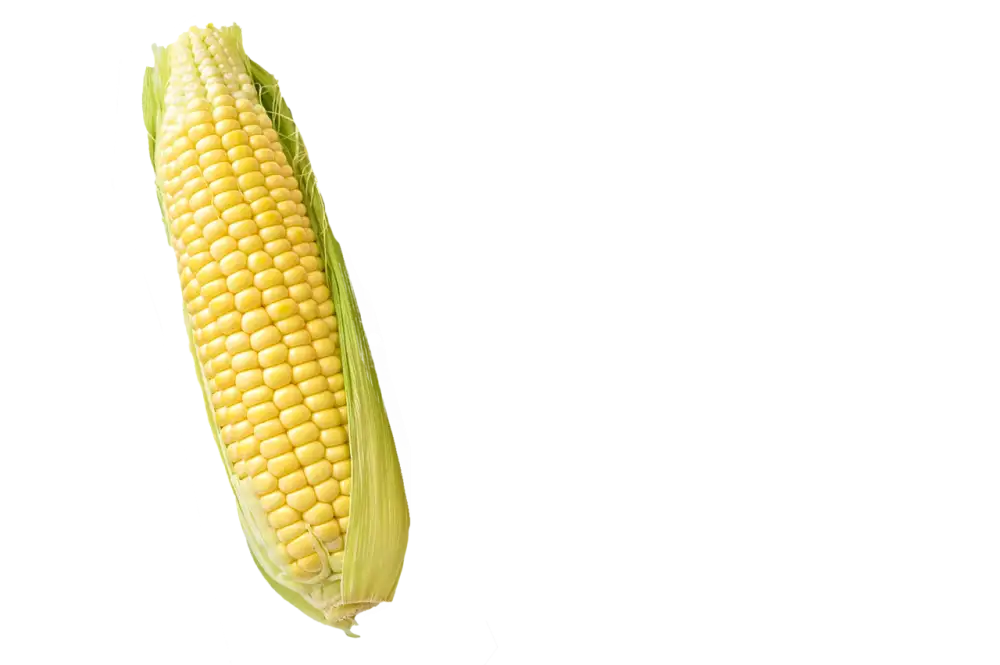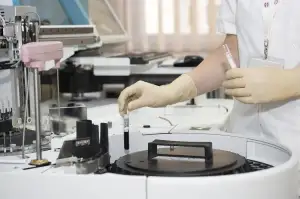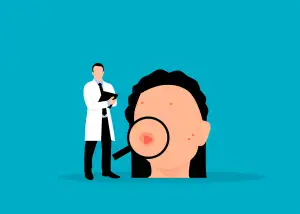Unveiling the Curious Phenomenon of Eating Corn Starch: Insights into Pica and its Health Implications

Eating corn starch, a common pantry ingredient, may seem unusual to many. However, for some individuals, the consumption of corn starch falls under the category of a disorder known as pica. Pica is characterized by an intense craving for non-food substances, such as dirt, ice, or in this case, corn starch. This curious phenomenon raises questions about the underlying causes and potential health implications associated with this behavior. In this article, we will delve into the world of pica and explore the reasons behind consuming corn starch, as well as shed light on its impact on overall health and well-being.
Understanding pica: Definition and causes
Pica is a disorder characterized by the persistent craving and consumption of non-food substances. These substances can include corn starch, as well as items like dirt, clay, ice, or paper. The exact cause of pica is not fully understood, but it is believed to be linked to nutritional deficiencies, such as iron or zinc deficiency. Pica can also be associated with certain medical conditions, such as pregnancy or developmental disorders like autism. Psychological factors, such as stress or anxiety, may also contribute to the development of pica. It is important to understand the underlying causes of pica in order to address and manage this curious phenomenon effectively.
The potential health risks of consuming corn starch
Consuming corn starch can pose potential health risks due to its high carbohydrate content. Excessive consumption of corn starch can lead to weight gain and increase the risk of developing conditions such as obesity and diabetes. Moreover, consuming large amounts of corn starch can cause digestive issues such as bloating, gas, and constipation. Additionally, the lack of essential nutrients in corn starch can result in nutritional deficiencies over time. It is important to be aware of these health risks and take steps to manage and reduce the consumption of corn starch.
Nutritional value of corn starch and its impact on the body
Corn starch is a carbohydrate-rich substance derived from corn kernels. While it lacks significant nutritional value, it does provide energy to the body. However, excessive consumption of corn starch can lead to negative health effects. It can disrupt the balance of nutrients in the body and contribute to weight gain and obesity. Moreover, consuming large amounts of corn starch may increase the risk of developing type 2 diabetes due to its high glycemic index. Therefore, it is important to consume corn starch in moderation and prioritize a balanced diet that includes a variety of nutrient-rich foods.
Tips for managing pica and reducing the consumption of corn starch
1. Identify triggers: Pay attention to situations or emotions that lead to cravings for corn starch. Understanding these triggers can help you develop strategies to avoid them.
2. Find alternatives: Look for healthier substitutes to satisfy your cravings, such as crunchy vegetables or whole grain snacks. These options can provide a similar texture without the negative health effects of corn starch.
3. Distract yourself: Engage in activities that divert your attention away from the urge to consume corn starch. Keep yourself busy with hobbies, exercise, or spending time with loved ones.
4. Seek support: Reach out to friends, family, or support groups who can provide encouragement and understanding during your journey to reduce corn starch consumption.
5. Practice mindful eating: Slow down and savor each bite of your meals. Paying attention to the flavors and textures of your food can help you feel more satisfied and reduce cravings for non-nutritive substances like corn starch.
Remember, managing pica requires patience and determination. By implementing these tips, you can gradually reduce your consumption of corn starch and promote a healthier relationship with food.
Seeking medical help and support for pica-related issues
Seeking medical help and support for pica-related issues is crucial for individuals who struggle with this condition. If you or someone you know has a persistent craving for corn starch or other non-food substances, it is important to consult a healthcare professional. They can conduct a thorough evaluation to determine the underlying cause of pica and provide appropriate treatment options. Additionally, joining support groups or seeking counseling can offer valuable guidance and understanding during the journey towards overcoming pica and promoting a healthier relationship with food.
In conclusion, it is important to promote a healthy approach to food consumption, especially when it comes to unusual eating habits like consuming corn starch. While pica may be intriguing, it can have serious health implications. Understanding the causes and potential risks of pica is crucial in order to address this phenomenon effectively. By seeking medical help and support, individuals can find ways to manage their cravings and reduce the consumption of corn starch. Ultimately, promoting a balanced diet and educating people about the nutritional value of different foods will contribute to a healthier relationship with food.
Published: 17. 12. 2023
Category: Health



